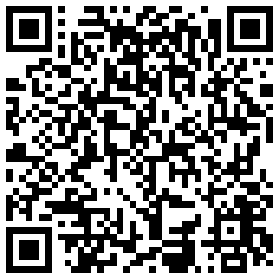By Timothy Sibasi, Feature Writer, based in Kampala Uganda
Uganda's Reptile Village near Lake Victoria in Entebbe is the home to Uganda's most poisonous snakes. Out of 200 types of snake species around the world, Uganda has six of the most poisonous snakes.
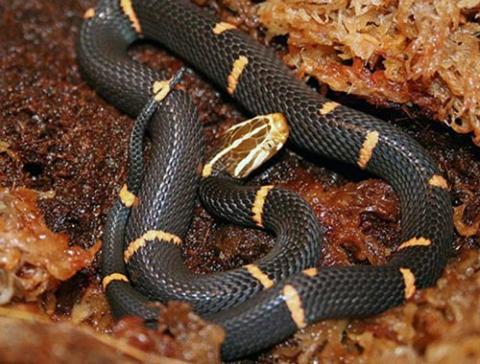
At Reptile Village, 6 different species of reptiles are on display ranging from, Bitis Arietans (puff adder), Bitis Gabonica (Gaboon viper), Dendroaspis Jamesoni (Jameson's mamba), Dendroaspis polylepis (black mamba), Naja melanoleuca (forest cobra), and Naja Nigricollis (black-necked spitting cobra).
Bitis arietans, also known as Puff adder in Africa, was the first venomous viper snake specie I was shown. According to Dr. Martin Nsubuga, an endocrinologist at the Surgery, said the Puff adder can be found in Savannah and grasslands from Morocco and Western Arabia throughout Africa.
"It causes the most snakebite fatalities in Africa … frequent occurrence in highly populated regions and aggressive disposition," said Dr. Nsubuga.
The average size of the Puff adder is 1 meter, or around 39.3 inches in total length and it's very stout.
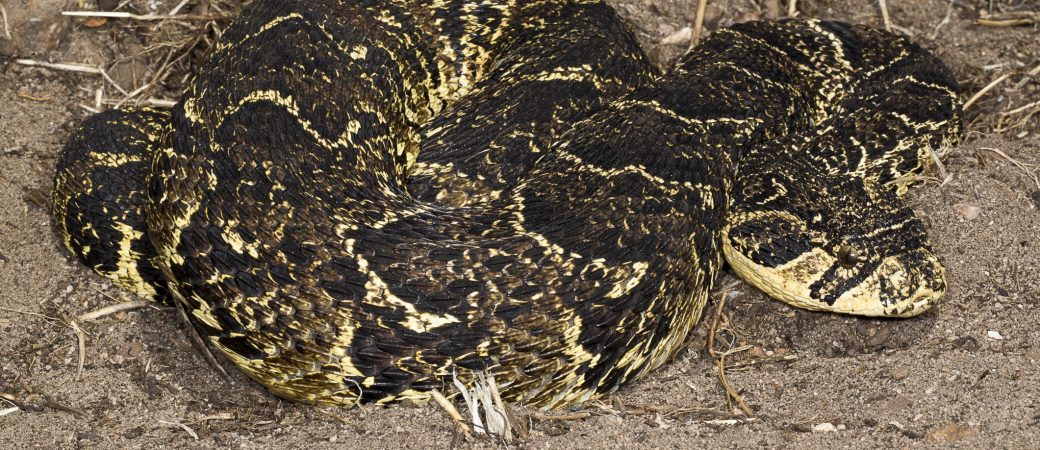
Bitis arietans(Puff adder): This is a strong and aggressive snake with an average length of 1 meter. (Photo/Timothy Sibasi)
"It is mainly found on the ground, in different parts of Uganda even in highly populated areas such as Kampala. It is very strong, but cannot lift the head from the ground. When it bites, it bites hard and low," said Dr. Nsubuga.
The second type of dangerous poisonous snake we came across was the Gaboon Viper (Bitis Gabonica) that can be found in the rain forests and savannas of sub-Saharan Africa. It's the largest member of the genus Bitis with the longest fangs up to 2 inches.
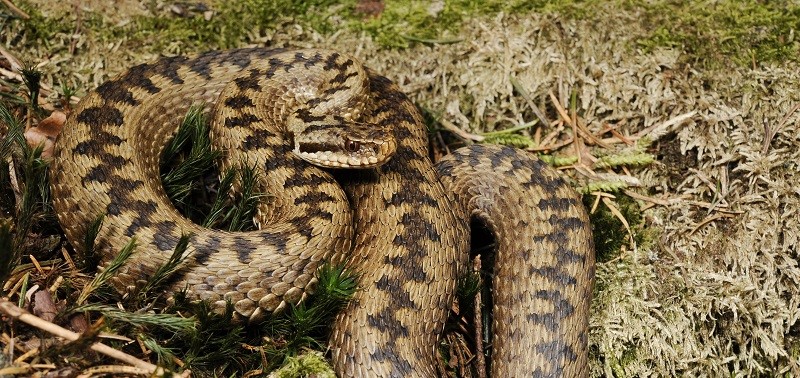
Bitis Gabonica (Gaboon viper): This is a slow and unaggressive snake with an average length of 125-155 centimeters. (Photo/Timothy Sibasi)
"It rarely bites, but when it bites, the effects can be disastrous because Gaboon vipers produce the largest quantities of poison of any poisonous snake and they don’t release after a bite." said Prof.James Scott Brown, a general practitioner in Internal Medicine and Common Mental Health Problems from the Surgery clinic.
The Jamesoni Mamba (Dendroaspis Jamesoni) is the third dangerous poisonous snake which can be found in Uganda. You can find them in rain forests, woodlands, forest savanna and deforested areas. It's an adaptable specie that can also be found in areas where there has been extensive deforestation and human development, they are always found around buildings, town parks, farmlands and plantations.
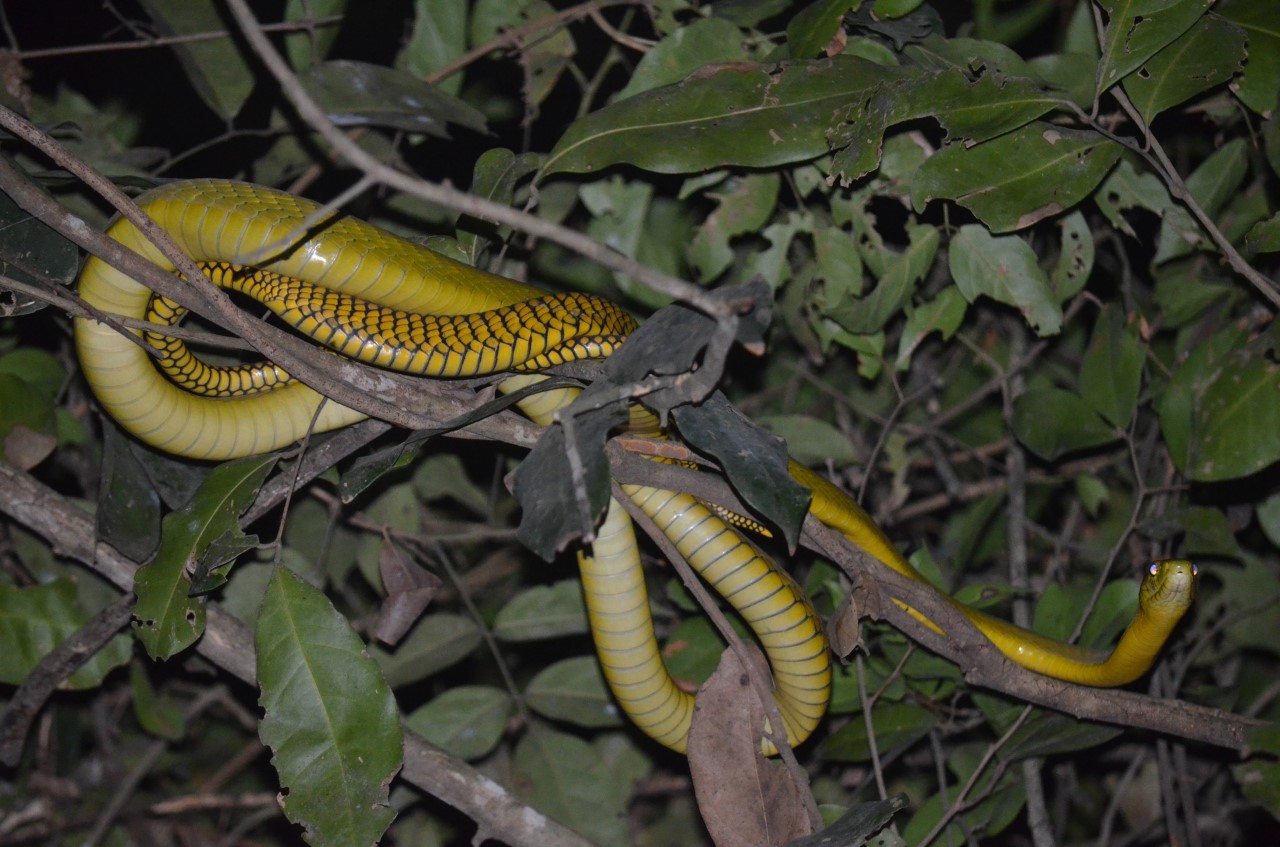
Dendroaspis Jamesoni (Jameson's mamba): This is a shy, slender and quick green snake with an average length of 1.5 meters. (Photo/Timothy Sibasi)
"The symptoms of its poisonous bite are associated with neurologic signs like loss of consciousness and trouble breathing. Just like the puff adder and the Gaboon viper, it also gives destruction of tissue at the site of the bite," said Dr. Nsubuga.
The Dendroaspis polylepis (black mamba) is another snake specie found in the Reptile Village of Uganda. It is graceful but skittish. It is agile and can move quickly. It is shy and secretive by nature and like most snakes it avoids threats. In the wild, a black mamba seldom tolerates humans approaching them closer than about 40 meters.
"When confronted it is likely to gape in a threat display, exposing its black mouth and flicking its tongue. It is also likely to form a hood by spreading its neck-flap as cobra does. However, the mamba's hood is narrower than that of a typical cobra, its threat display may be accompanied by audible hissing," said Dr. Nsubuga.
"During the threat display, any sudden movement by the intruder may provoke it into a series of rapid strikes leading to severe envenomation," says Dr. Winfred Ayenyo, a specialist in general medicine.
Naja melanoleuca (forest cobra) is among the most dangerous poisonous snakes at Reptile Village. Venom bites result in severe neurotoxicity.
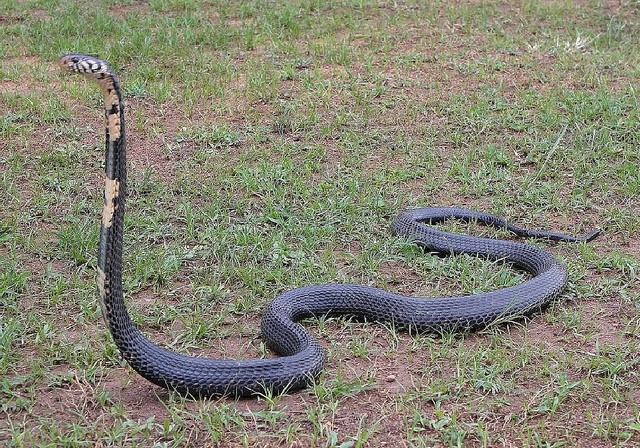
Naja melanoleuca (forest cobra): This is the largest cobra, with lengths of 1.4 to 2.2 meters. (Photo/Timothy Sibasi)
"Death can occur rapidly, within 30-120 minutes in severe cases of envenomation,"said Dr. Nsubuga.
The cobra bites involve several symptoms including ptosis,drowsiness, limb paralysis, hearing loss, inability to speak, dizziness, hypotension, abdominal pain, fever, pallor and other neurological and respiratory symptoms.
According to Prof. Scottish, the forest cobra is active mostly during the day, but can also be active at night in urban areas. "When not active it takes covers in the holes, brush piles, hollow logs, among root clusters or in rock crevices, or in abandoned termite mounds at forest fringe or clearings,"said Prof. Scottish.
The forest cobra is an agile, diurnal species that climbs well and is one of Africa's cobras that will live in high forests. It's a snake that can adapt to various environments and is a good swimmer. It can lift its head quite high and strike quickly at knee height.
Lastly at the Reptile Village of Uganda is the Naja Nigricollis (Black-necked spitting cobra), which projects poison at any possible threat. It’s common in Uganda, particularly near rivers and streams. It has the tendency to spit its poison with only the slightest provocation, but bites rarely.
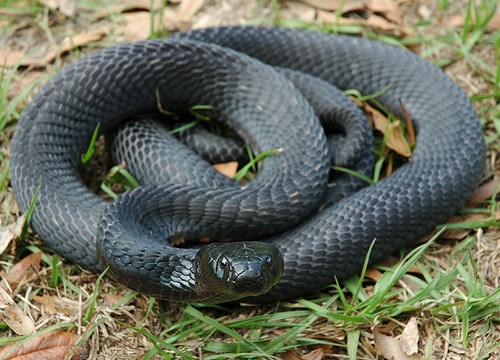
Naja Nigricollis (black-necked spitting cobra): This is a snake that is able to project poison at a possible threat. (Photo/Timothy Sibasi)
Its poison is irritating for the skin, but doesn't kill humans. Bites of the spitting cobra give similar symptoms as the mambas and forest cobra.
Uganda Reptile Village is enclosed in a fence and three large concrete structures stand in the middle as the homes for reptiles, which have made Peter Kazibwe, the caretaker and guide, famous.
Yet, the area where the Reptile Village is located is undergoing fast development, which faces a major threat of encroachment by property developers. Accordingly, conservationists seem to be losing in efforts to save the reptile village.
(The opinions expressed here do not necessarily reflect the opinions of Panview or CCTV.com. )

Panview offers a new window of understanding the world as well as China through the views, opinions, and analysis of experts. We also welcome outside submissions, so feel free to send in your own editorials to "panview@vip.cntv.cn" for consideration





